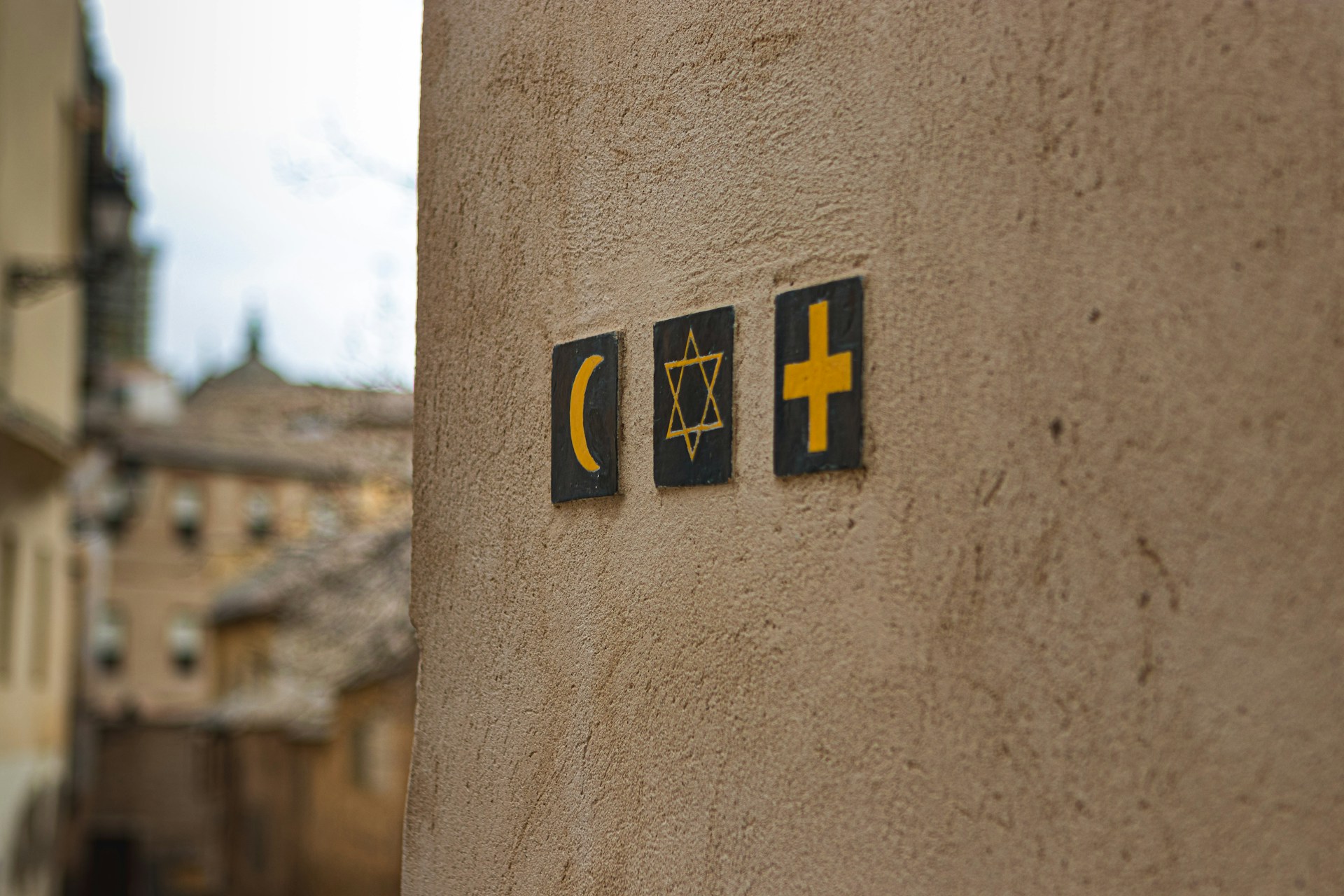
What Are The Upanishads?
-
The Upanishads, dating largely from the 8th to the 6th centuries BCE, are the “wisdom literature” of the Vedas. Most Upanishads take the form
of dialogues between teachers and students. They turn from the rites of the fire altar that had been the main focus of discussion in the earlier
Vedic literature to the question of the deeper, inner meanings of ritual, especially as it can give insight into the origin, basis,
and support of the universe. The Upanishads and their interpretations are sometimes called Vedanta, literally the “end of the Vedas.”
The Pluralism Project, Harvard University -
The Upanishads comprise some of the foundational texts of Indian history and philosophy and provide
a touchstone for late-20th- and early-21st-century Indian and Hindu identities…
Laurie Patton, Oxford Bibliographies